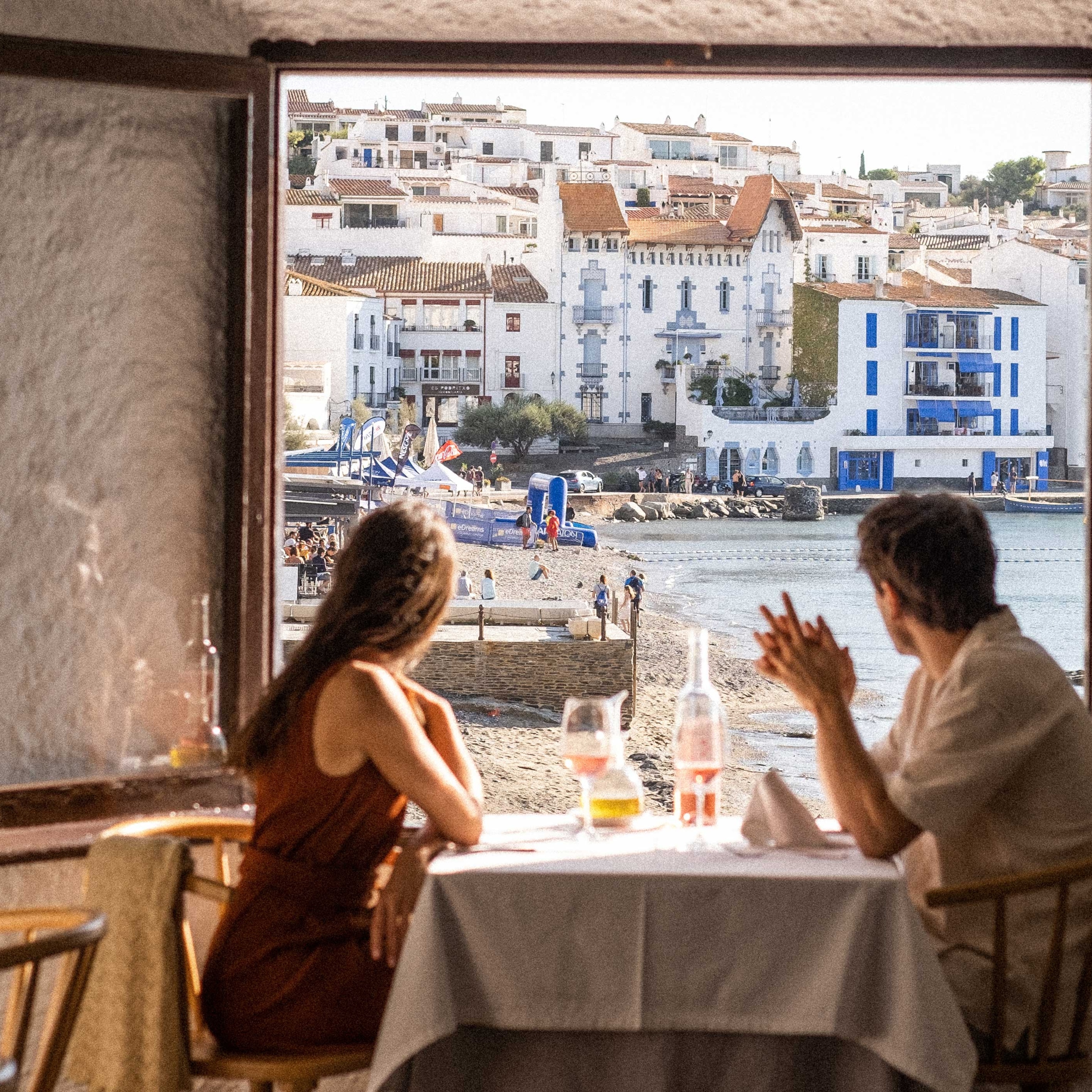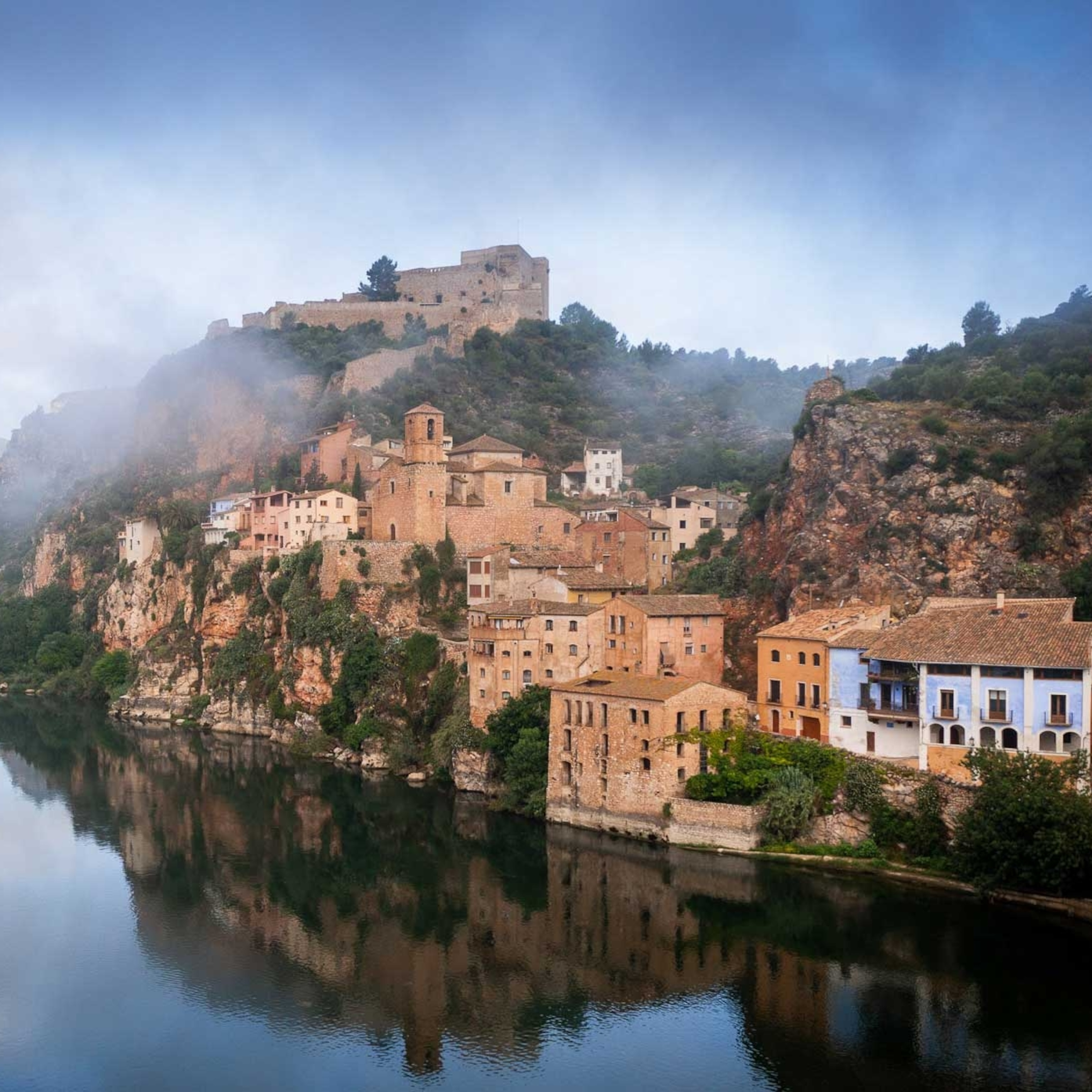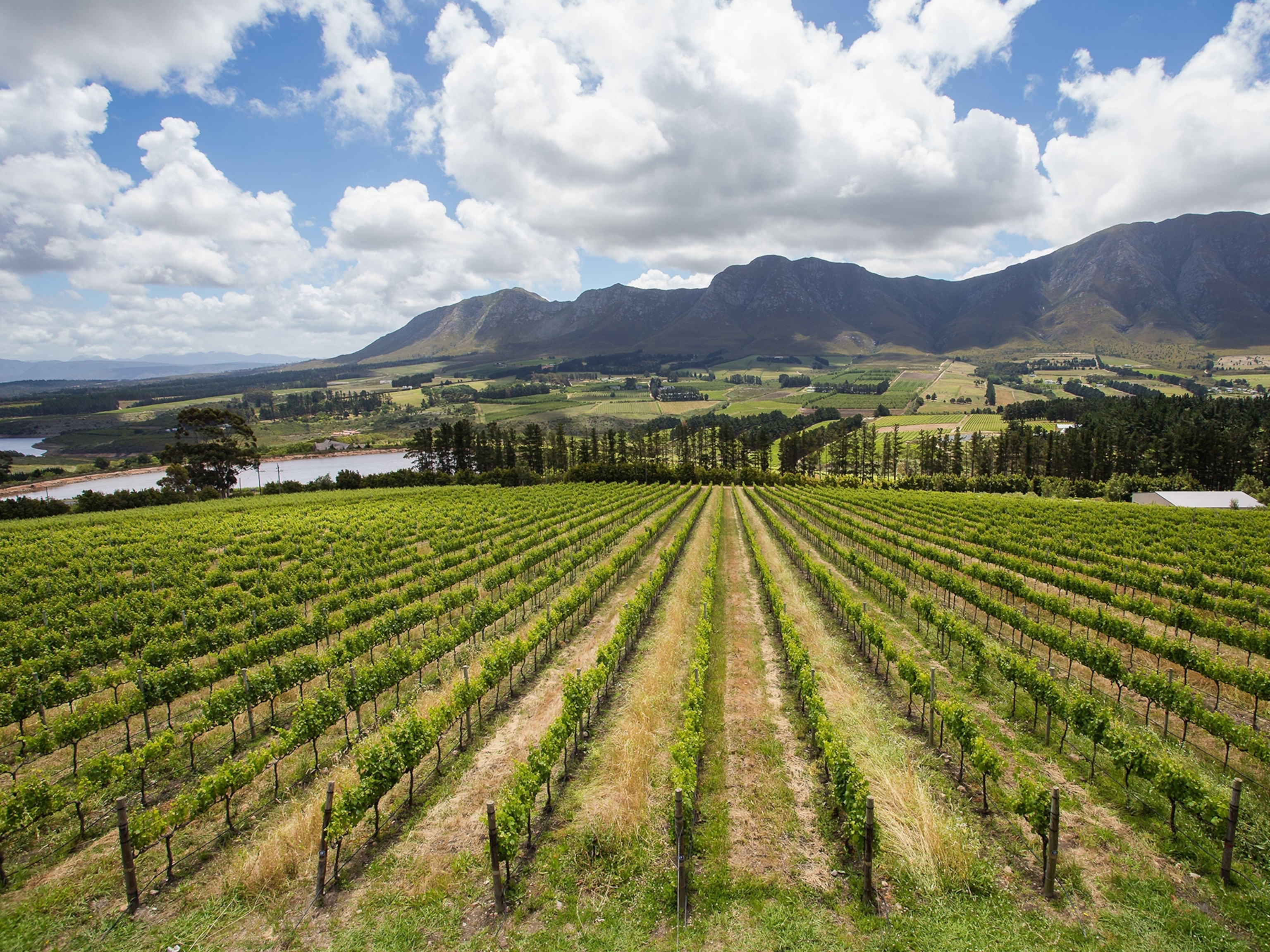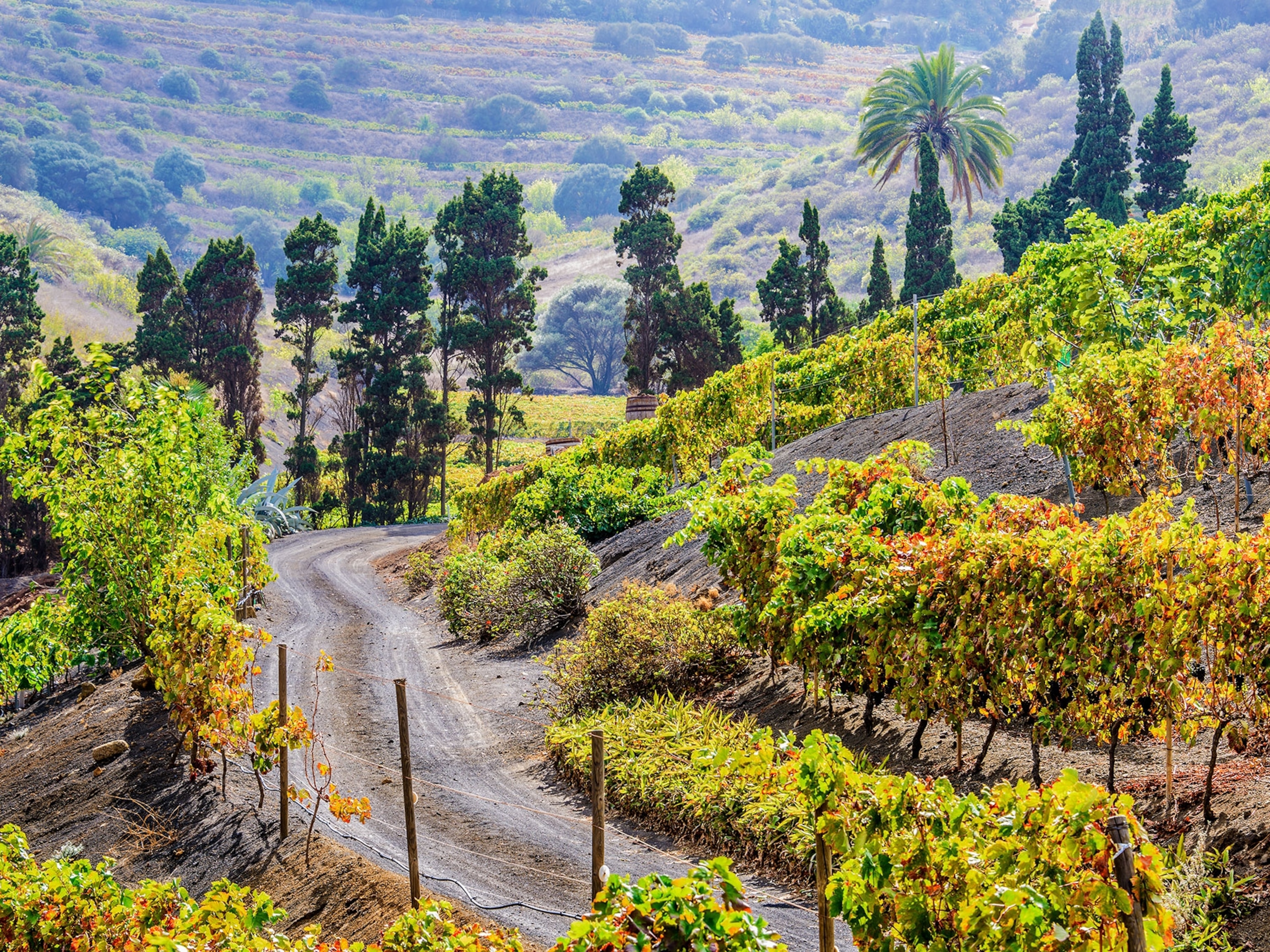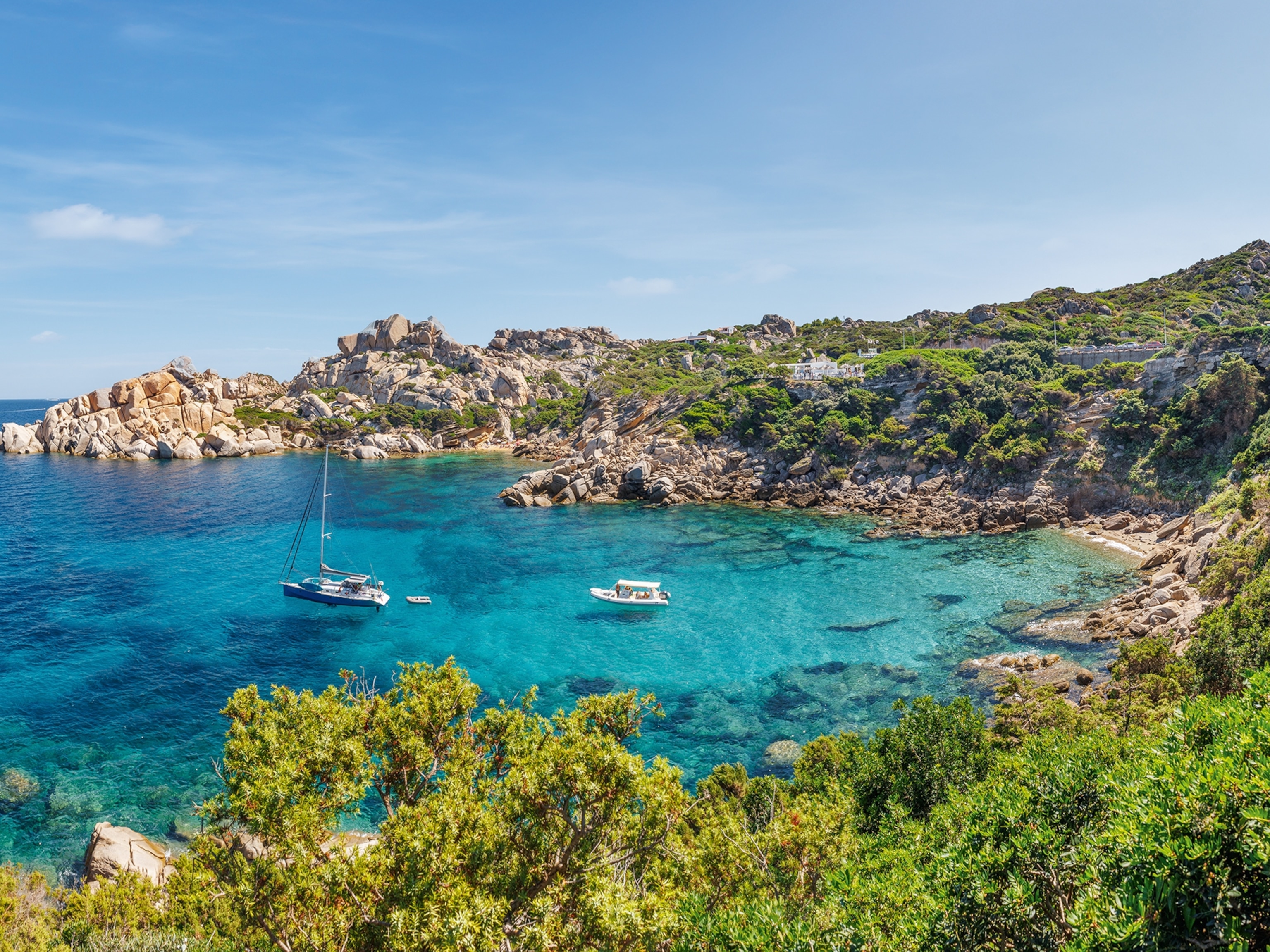
From shores to summits—how to explore Costa Daurada's highlights
This sunny Mediterranean region is home to rolling vineyards, spectacular natural parks and historic villages that showcase the best of Catalan culture. Here's how to find your ultimate Costa Daurada adventure.
Literally translated as the ‘golden coast’, Costa Daurada is, unsurprisingly, famed for its honey-hued sand and countless beaches. But while this southeastern corner of Catalonia enjoys a long, leisurely summer, there’s much to discover outside of the warmest months — and away from the coastline. The region's mountainous interior offers everything from heart-pumping hiking trails and intriguing ancient history to award-winning vineyards and sea-to-spoon gastronomy. For those looking to discover the region in depth, here are six of Costa Daurada's top destinations and how best to explore them.
1. Priorat
Best for: a wine-tasting tour
From the steep, rocky valleys of the Serra del Montsant Natural Park to the quaint, medieval villages tucked into its surrounding hills, Priorat’s scenery is spectacular at every turn. Yet the region’s lush landscapes are dominated by one specific type of vegetation — vineyards. The area is one of only a few places in the world to grow Garnatxa grapes, a cultivation made possible thanks to the warm, dry climate and mineral-rich slate soil known locally as llicorella. The results are exceptionally rich, full-bodied reds with distinctive earthy notes that have gained international attention. For the best introduction, hop between the region’s picturesque villages, stopping at some of the many vineyards and cellars for tours or tastings. Be sure to stop off at the well-preserved Cartoixa d'Escaladei monastery. It was here, in the foothills of Priorat’s Montsant mountains, that monks began making wine in the 12th century. As the night draws in, make a detour east to Prades, just outside the Priorat region, where the Parc Astronòmic Muntanyes de Prades sits amid Europe's largest protected night sky area and offers stargazing sessions and astronomy shows.

2. Cambrils
Best for: coastal cuisine
The seaside town of Cambrils is Costa Daurada’s gastronomic heart. The miles of fields surrounding the area deliver farm-fresh produce to restaurants, including award-winning olive oil, Cambrils’ wonderful white artichokes and the nutty sweet red peppers used for the region’s speciality Romesco sauce. However, farm-to-fork is surpassed by sea-to-spoon at many seafront spots in Cambrils. The town has a long and rich fishing heritage, with boats heading out daily in search of local specialities such as mantis shrimp, squid, anchovies and octopus. Head down to the port in the afternoon (around 5pm) to watch the whirlwind of activity as fishermen bring in the day's catch before sampling it for yourself at one of the town's many traditional eateries.
3. Reus
Best for: art and architecture
While Antoni Gaudí is synonymous with Barcelona, the visionary architect was born in Reus, a town nine miles north west of Tarragona. Today, Gaudí fans can visit the church at which he was baptised and the Gaudí Center, an engaging space that uses audiovisual exhibits to tell the story of his life and work. Throughout the town, you’ll spot examples of Catalonian modernism — the architectural style made famous by Gaudí and likened to a Catalan take on art nouveau — on every corner. There are nearly 80 buildings in the style here, but the most notable is Casa Navàs, designed by fellow Reus native Domènech i Montaner. It’s the only building from the period with a totally intact interior, featuring towering stained glass windows, colourful mosaic floors and intricate carved stone arches. Montaner’s Pere Mata Institute, a former psychiatric hospital, is equally ornate. While in Reus, visitors should also be sure not to miss sampling the local vermouth, which is made according to a secret regional recipe. Head to the town's Vermouth Museum, where you can sip a glass of the finest local variation while learning about its rich history.
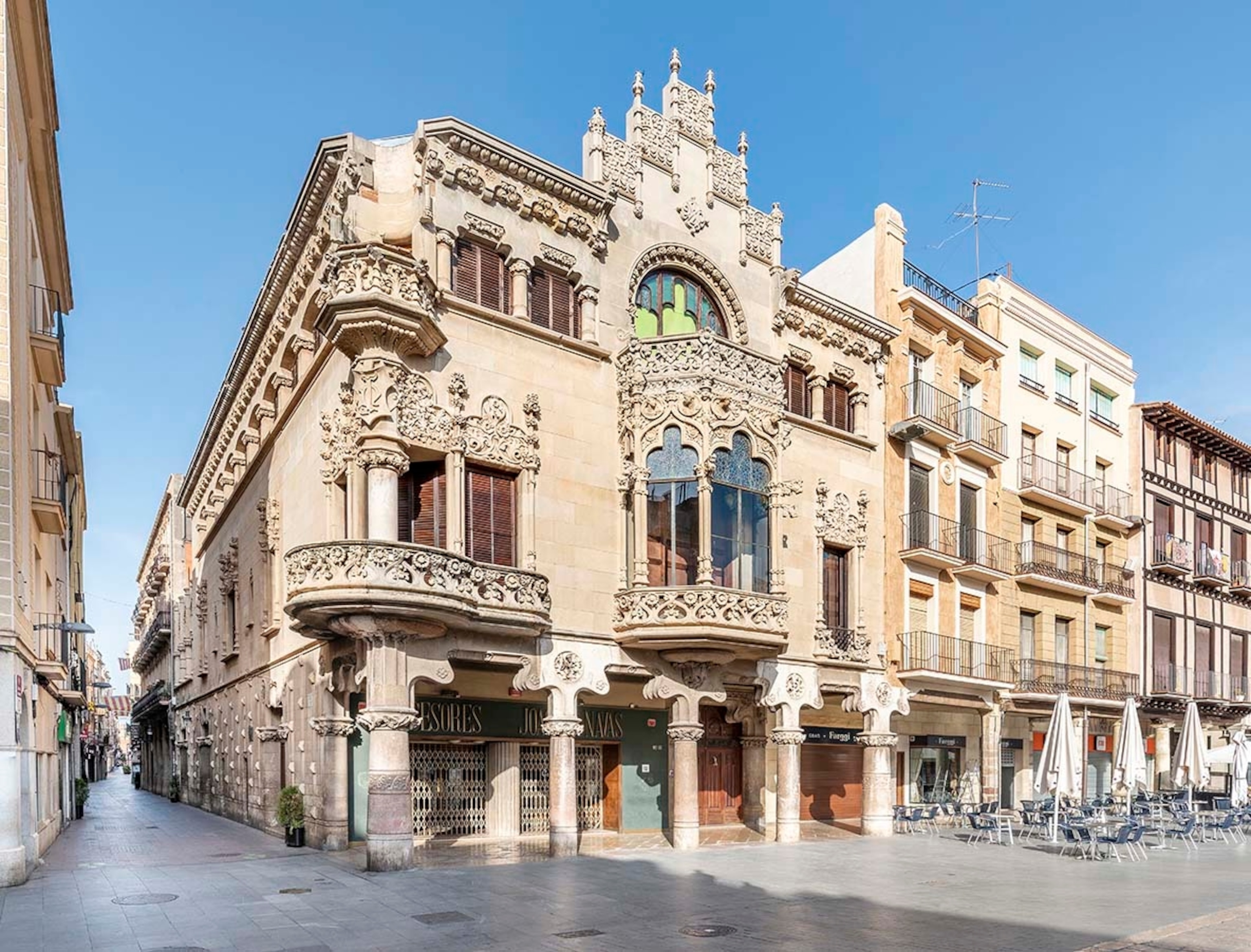
4. Tarragona
Best for: ancient history
This hilltop port city — known as Tarraco when it was first occupied by the Romans in the 2nd century — is one of Spain’s most notable historical destinations. Its most spectacular site is the well-preserved Roman Amphitheatre, which has impressive views out over the sea. Other Roman ruins in the city centre include the remains of the city walls, the Praetorium tower and Circo Romano de Tarraco — the ancient chariot racecourse. To learn more about the Romans' importance to the region, the archaeology museum, Museu Nacional Arqueològic de Tarragona, gives excellent historical context alongside further exhibits, most notably a majestic mosaic collection. Tarragona is also a prime spot to experience Catalonia's famous castells, human towers that have been declared a UNESCO Intangible Cultural Heritage of Humanity. These constructions, which can reach between six and ten people high, were first introduced in the 18th century along Costa Daurada.


5. La Ruta del Cister
Best for: trails and tradition
This circular trail links the three historic monasteries of Santes Creus, Poblet and Vallbona de les Monges and offers a more active way to explore Costa Daurada. Hike, bike or e-bike through pristine rolling hills, olive groves and woodlands, discovering intriguing medieval villages like Montblanc, whose historic walls remain well-preserved. More than just a picturesque path, the route is also a cultural immersion into Catalan life. Between the months of November and April, there may also be opportunities to join a local Calçotada along the route. These community events originated in the municipality of Valls and celebrate the harvest of calçots — vegetables that are a cross between a spring onion and a leek — by cooking them over an open fire and serving them to revellers with a Romesco sauce.
6. El Vendrell
Best for: music and culture
El Vendrell’s most famous export, the cellist Pau Casals, has left a lasting mark on this town. Learn about his life at the house he was born in or at the Pau Casals Museum, located at his summer residence on Sant Salvador beach. For more music and culture, the Pau Casals Auditorium has a year-round jazz, classical and dance programme, while the Deu Museum's collection of art ranges from the 12th century to the present day and features Spanish sculpture, painting and decorative objects. Meanwhile, just over two miles from the town, the four-mile stretch of fine-sand beaches in front of the neighbourhoods of Sant Salvador, Coma-ruga and El Francàs have shallow, safe water for swimming and a healing high iodine quality. You can learn more about their coastal culture at the recently opened Tabaris Museum, a site that highlights the sea's importance to the architecture, history and natural landscapes of the region.
Direct flights are available from many UK hubs into Reus Airport. Car hire is the most inexpensive and easiest way to get around, but local train and bus routes are also well served.
For more information, visit costadaurada.info
To subscribe to National Geographic Traveller (UK) magazine click here.(Available in select countries only).
